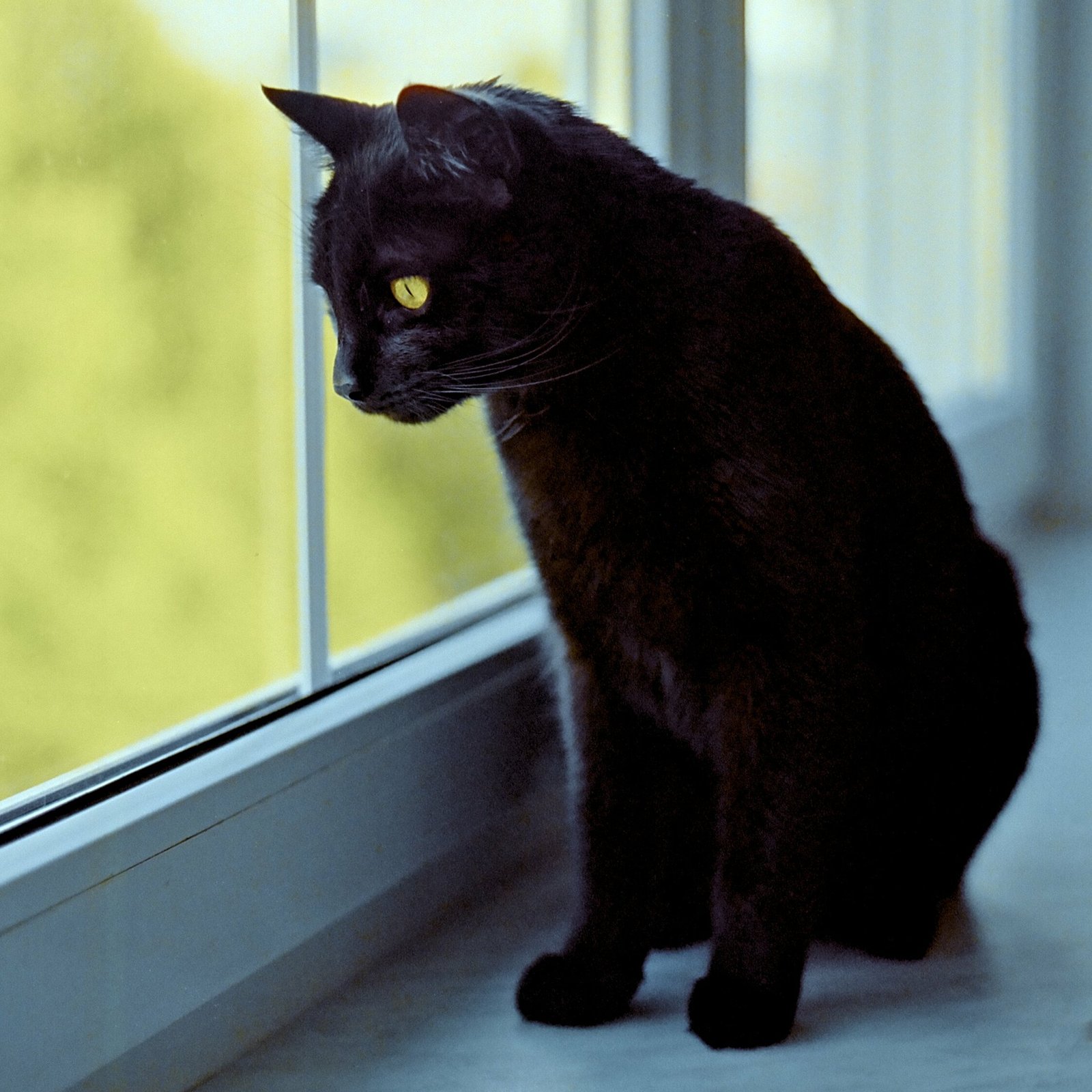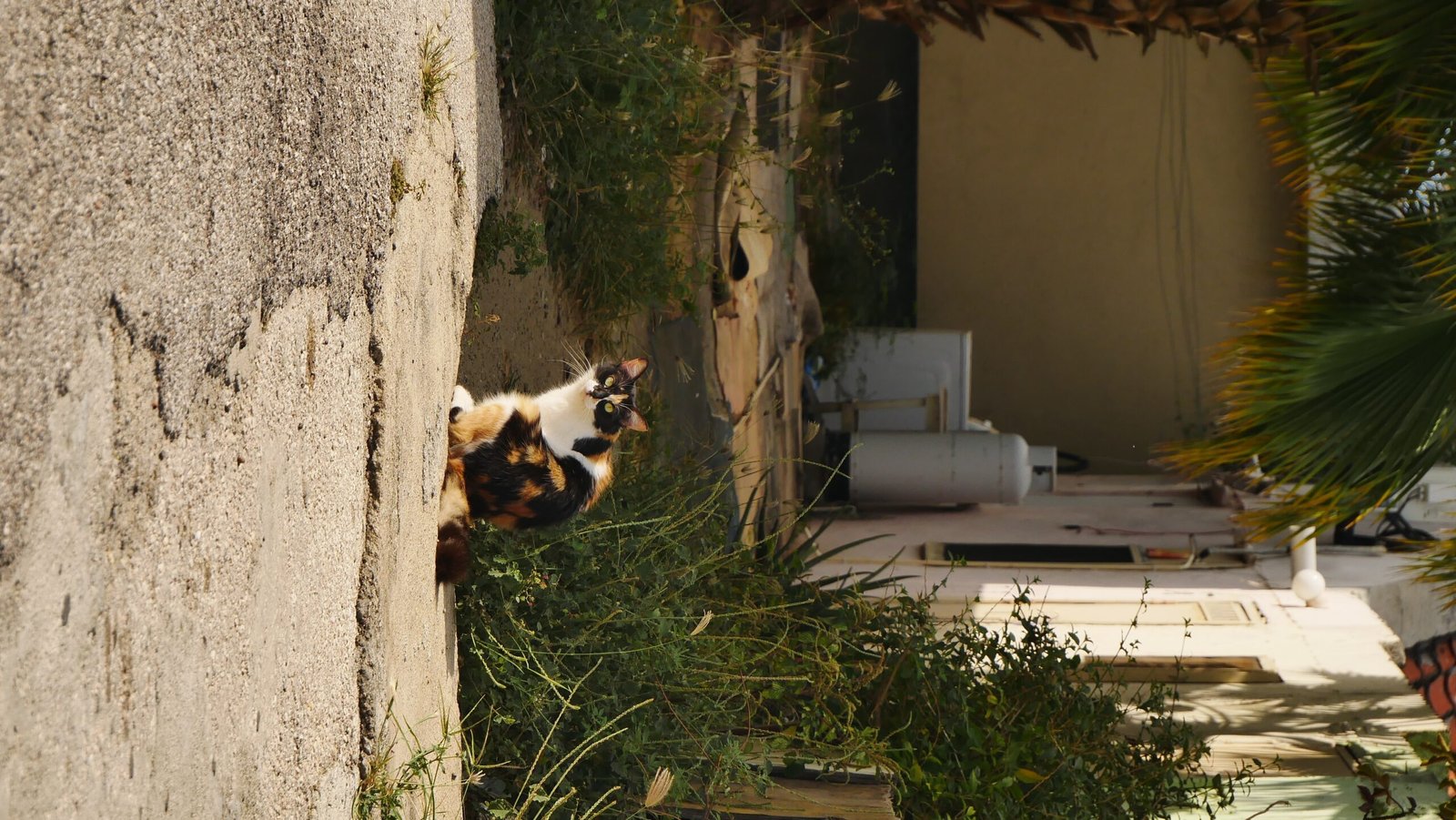Picture this: a bustling household filled with laughter, chatter, and activity, yet there’s a silent observer perched quietly in the corner—a cat, seemingly aloof, yet possibly yearning for something more. Could it be that even in the midst of such liveliness, your feline friend feels a pang of abandonment? It’s a question that might surprise many, but it delves into the complex emotional world of our beloved pets. In this article, we will explore the intriguing possibility that cats, like humans, can experience feelings of abandonment, even when surrounded by people.
Understanding Feline Emotions
Cats are often perceived as independent creatures, but recent studies suggest that they possess a rich emotional landscape. Unlike dogs, who show clear signs of attachment, cats demonstrate their affection in more subtle ways. They may rub against your leg, purr softly, or follow you from room to room. These behaviors indicate that cats do form emotional bonds with their human companions. It’s essential to recognize that their aloof demeanor doesn’t mean they are devoid of feelings; rather, they express them differently.
The Subtle Signs of Feline Loneliness
While cats may not vocalize their emotions as dogs do, they exhibit signs of loneliness that attentive owners can identify. A cat experiencing feelings of abandonment might become more reclusive, hiding away in quiet corners. They may also display changes in appetite, either overeating or losing interest in food. Increased aggression or excessive grooming can also be indicators of emotional distress. Understanding these subtle signs can help cat owners address their pets’ emotional needs more effectively.
The Impact of Routine and Environment

Cats thrive on routine and stability, and any disruption in their environment can lead to feelings of insecurity. A busy household with constant changes might leave a cat feeling unsettled. Even when surrounded by people, a cat may sense a lack of consistent interaction and affection. This inconsistency can lead to feelings of abandonment, as the cat struggles to find its place within the ever-changing dynamics of the household.
The Role of Human Interaction
Human interaction plays a crucial role in a cat’s emotional well-being. While cats may not require the same level of attention as dogs, they still benefit from regular, meaningful interactions with their human companions. Simple activities like playing with a toy, gentle petting, or engaging in a daily routine can provide the emotional security that cats crave. By making time for these interactions, cat owners can help mitigate feelings of abandonment and strengthen their bond with their feline friends.
The Importance of Personal Space
While interaction is vital, it’s equally important to respect a cat’s need for personal space. Cats are independent creatures, and they value their alone time. Providing a quiet, comfortable space where they can retreat and relax is essential for their emotional health. A cozy bed, a perch by the window, or a secluded corner can offer the solitude they need to recharge. Balancing interaction with personal space can help create a harmonious environment for both the cat and the household.
The Influence of Other Pets
In multi-pet households, the presence of other animals can impact a cat’s emotional state. Cats are territorial by nature, and the introduction of new pets can lead to feelings of insecurity. It’s important to monitor interactions between pets and ensure that each animal has its own space and resources. By addressing the needs of all pets, owners can create a peaceful coexistence and prevent feelings of abandonment in their feline companions.
Recognizing and Addressing Behavioral Changes
Changes in a cat’s behavior can be indicative of underlying emotional issues. If a cat suddenly becomes withdrawn or exhibits unusual behavior, it’s essential to investigate the cause. Consulting with a veterinarian or a feline behaviorist can provide valuable insights and guidance. Addressing behavioral changes promptly can prevent further emotional distress and help restore a sense of security for the cat.
The Role of Enrichment Activities

Enrichment activities can provide mental stimulation and alleviate feelings of boredom and loneliness. Interactive toys, puzzle feeders, and climbing structures can engage a cat’s curiosity and keep them occupied. These activities not only provide physical exercise but also offer a sense of accomplishment and satisfaction. Incorporating enrichment activities into a cat’s daily routine can enhance their emotional well-being and reduce feelings of abandonment.
The Impact of Human Emotions on Cats
Cats are perceptive creatures and can pick up on the emotions of their human companions. If an owner is stressed or anxious, a cat may mirror these emotions, leading to increased anxiety and insecurity. Maintaining a calm and positive environment can have a profound impact on a cat’s emotional state. By being mindful of their emotions and creating a peaceful atmosphere, owners can help their cats feel more secure and less likely to experience feelings of abandonment.
Building a Strong Bond with Your Cat
Building a strong bond with your cat requires time, patience, and understanding. It’s about recognizing their unique personality and catering to their individual needs. By providing a stable environment, engaging in meaningful interactions, and respecting their independence, cat owners can create a nurturing and loving relationship. This bond not only enhances the cat’s emotional well-being but also enriches the lives of their human companions.
In the end, understanding that cats can indeed feel abandonment, even in a full house, encourages us to be more attentive and compassionate towards our feline friends. So, the next time you see your cat quietly observing from a distance, consider what they might be feeling. Are they content, or could they be yearning for more connection? What steps will you take to ensure your cat feels truly at home?

Growing up traveling and experiencing new cultures and wonders, I have had a passion for nature, adventuring, photography, and videography. I am currently working towards a BSc in Biodiversity and Ecology at Stellenbosch University, and I hope to specialise in Marine Sciences one day.
Please send any feedback to Feedback@animalsaroundtheglobe.com






